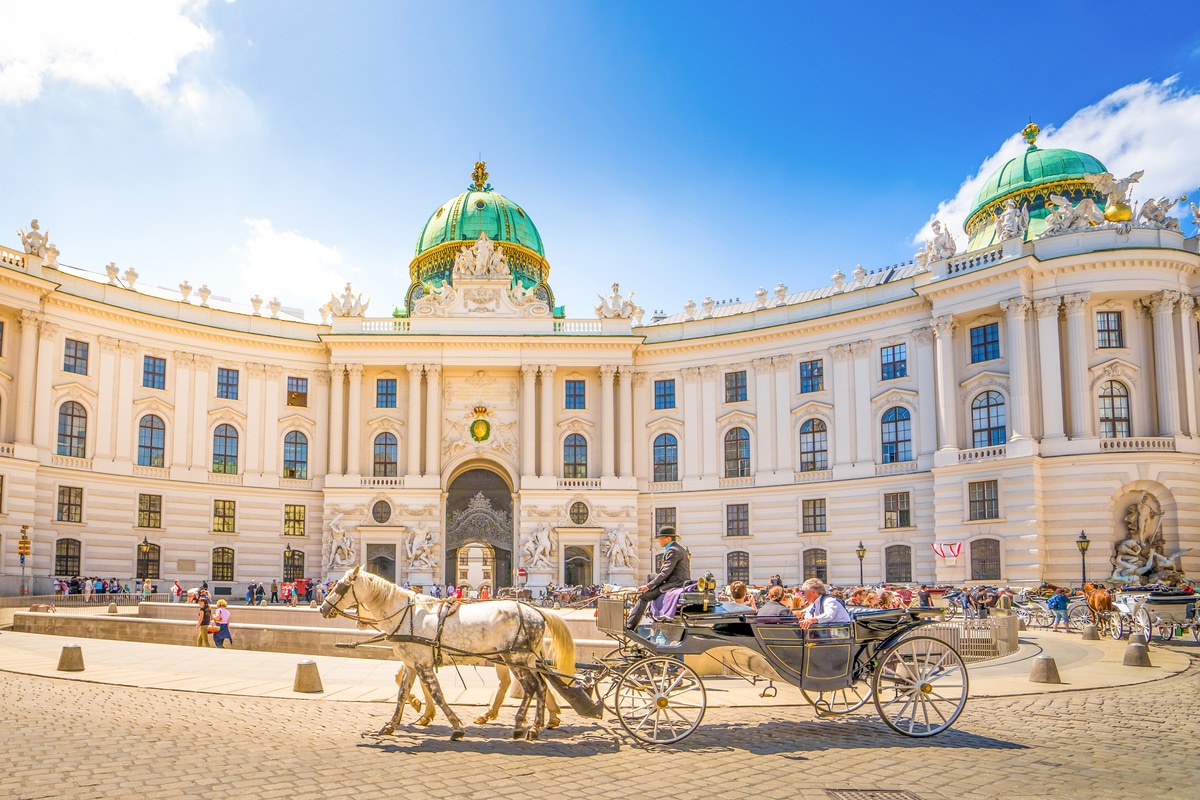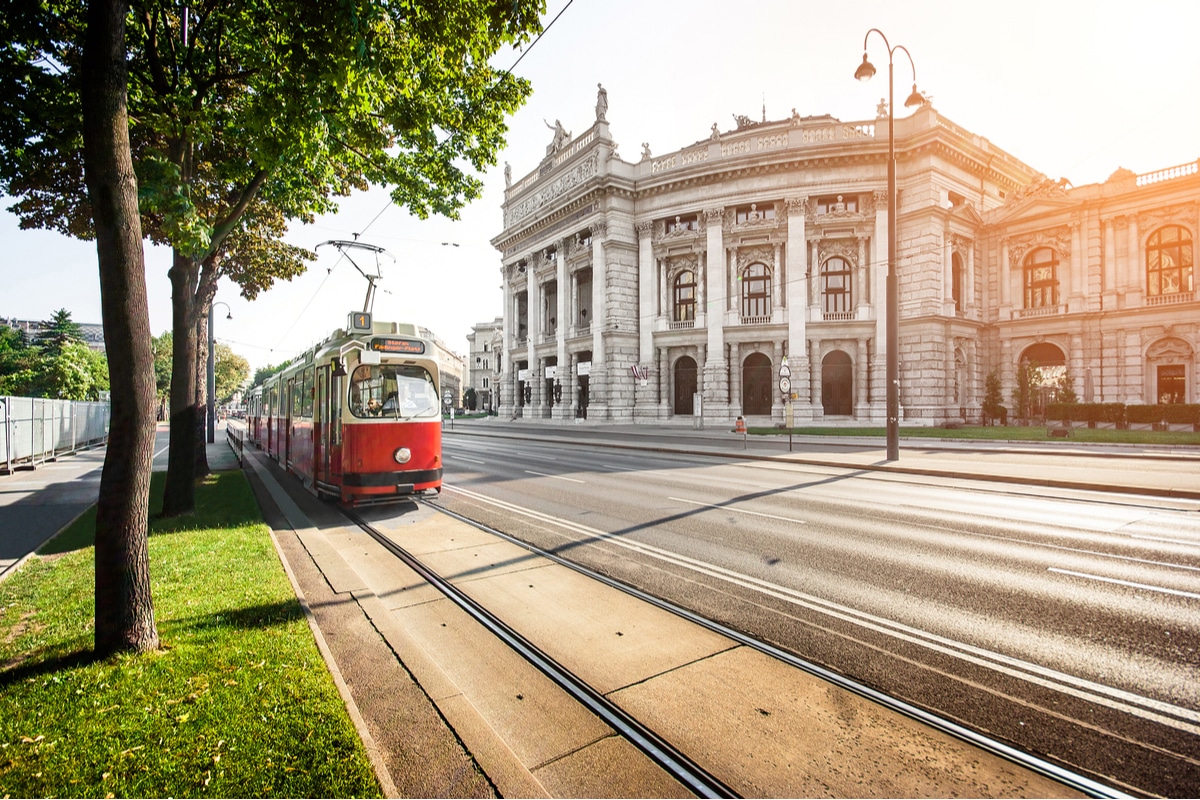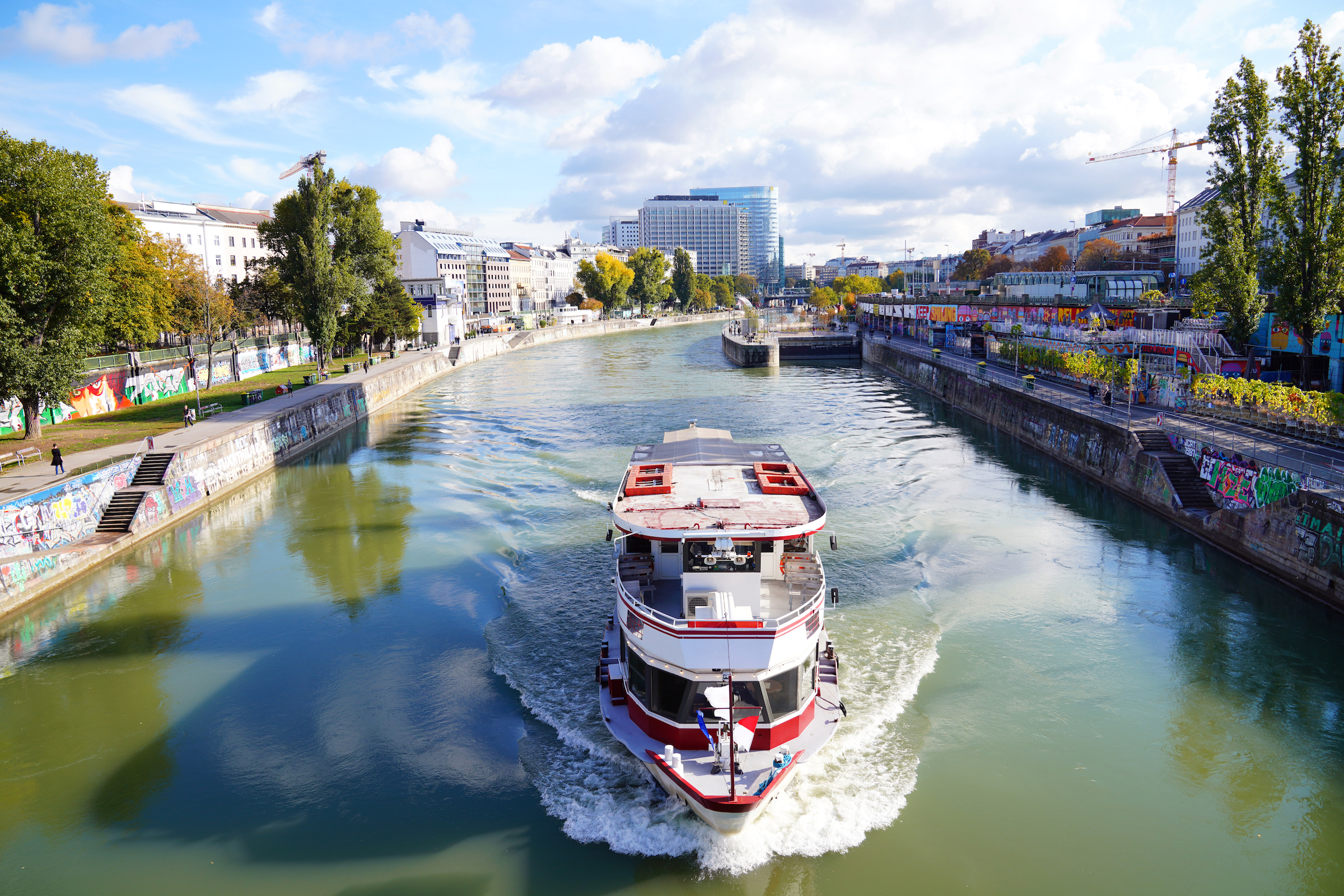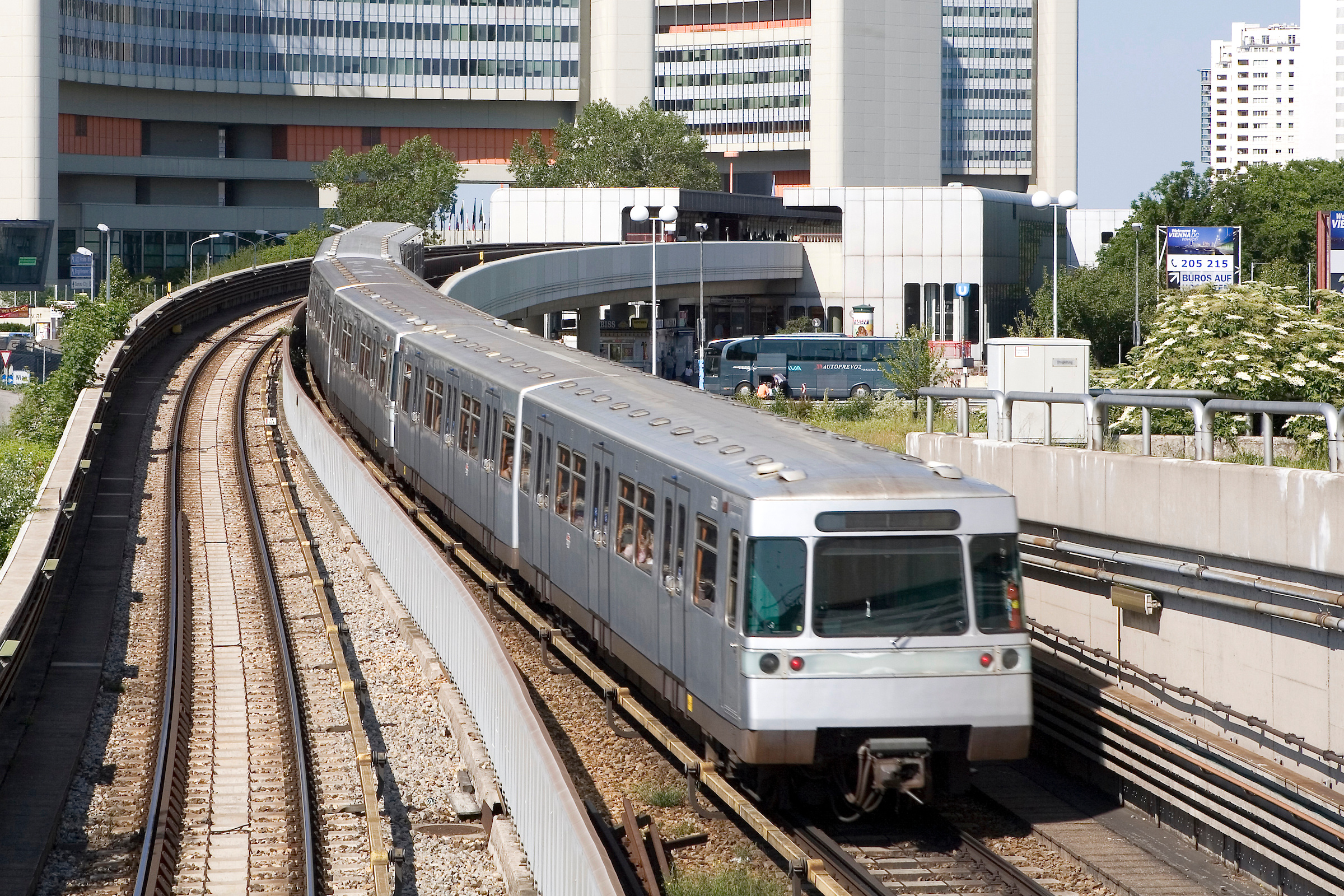Parliament in Vienna
The Parliament building in Vienna is the seat of the Austrian government and one of the most visited sights in the city.
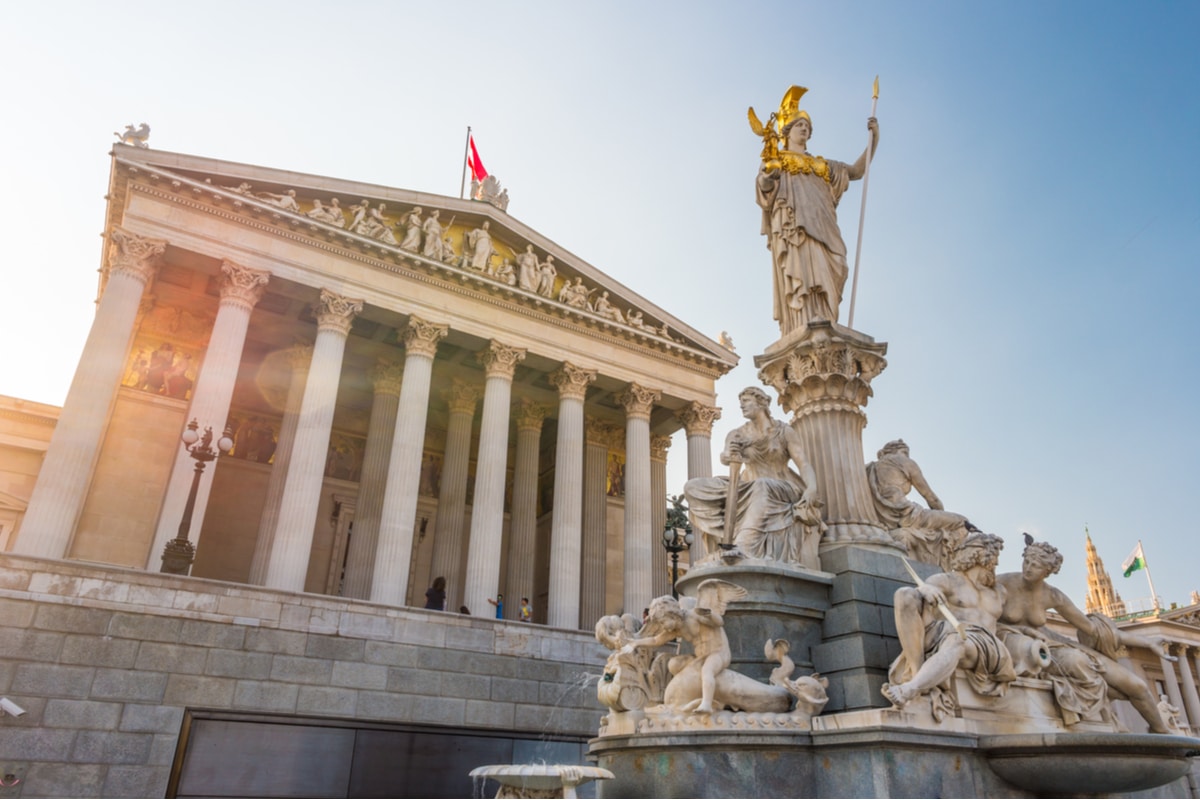
The Imperial Council Building on the Ring
In 1861, Emperor Franz Joseph I issued his so-called February Patent. With this document, Austria got its first constitution as well as a parliament building, which was jokingly called "Bretterbude" by the Viennese at first, as it was a provisional building. From now on, the Imperial Council met here on the Vienna Ring.
The today's parliament building of Vienna was built in the years 1874 to 1883 in the neogothic style with Roman-Greek influences. The architect was the Dane Theophil von Hansen, who also designed the Academy and the Zappeion of Athens in the same year. The parliament building consists of the House of Representatives and the Mansion.
Stylistically, the building was significantly influenced by the Greek patron of the arts Nikolaus Dumba, whom Emperor Franz Joseph appointed as a member of the Mansion House in 1885. Originally, the building was to be polychrome, i.e. coloured according to the model of the Greek temples. However, Theophil von Hansen's concept was rejected as "primitive" and "barbaric" and the building was erected in white marble in accordance with contemporary taste.
The years 1918 to 1945
On 12 November 1918, after the end of the First World War, the Imperial Council held its last session and, after the dissolution of the Habsburg monarchy, finally handed over the building to the Provisional National Assembly of Austria, i.e. the Parliament.
During the Second World War and the dictatorship, the Parliament was not used as such.
In 1945, the Soviet city commander handed over the parliament building to the provisional state government under Karl Renner, which had been heavily destroyed by bombs. Half a year later the First National Council Election of the Second Republic of Austria took place here. After that, the two chambers of the National Council and the Federal Council, founded in 1920 - during the First Republic - took over the parliament again.
